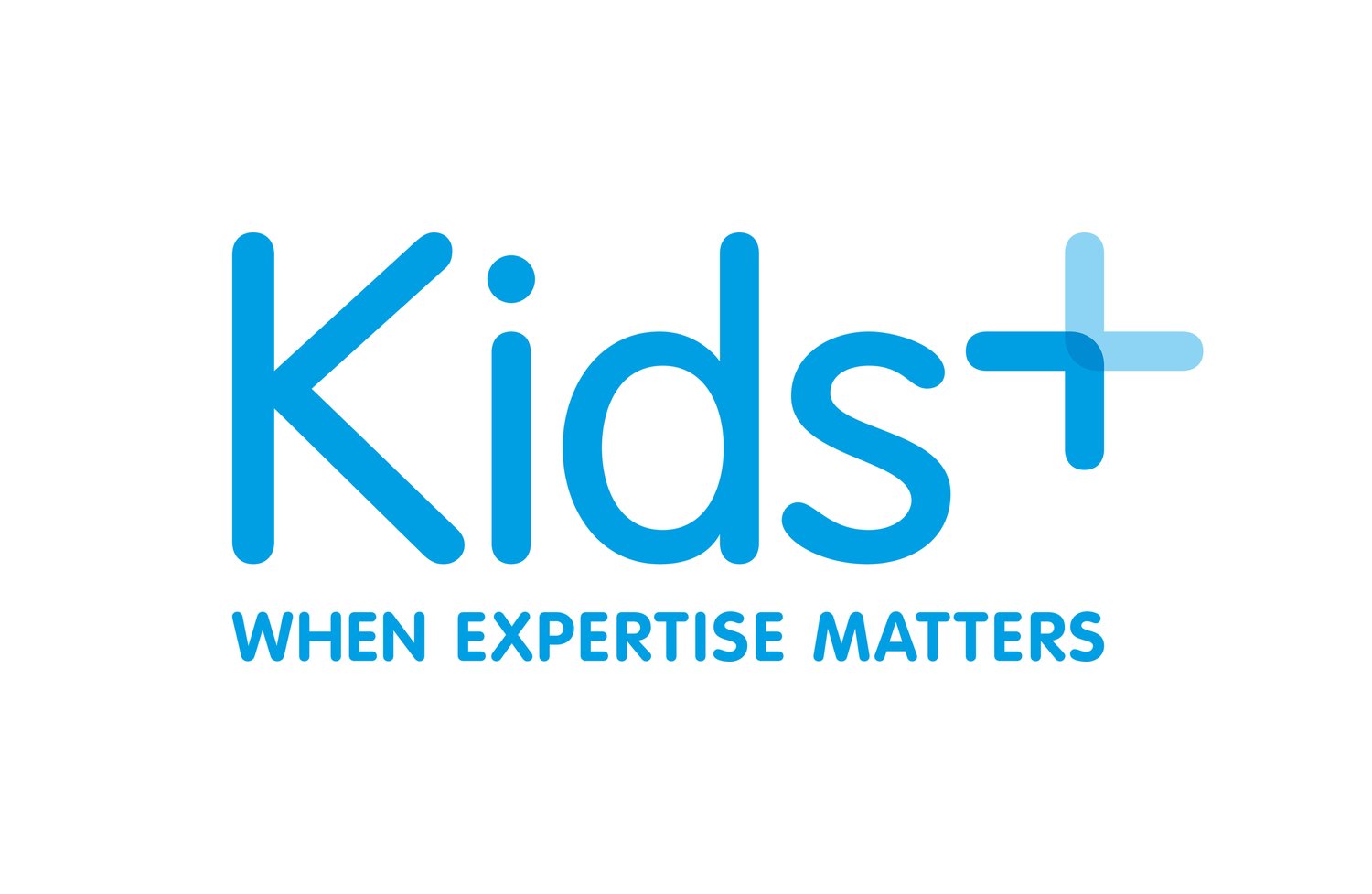AAC and the Importance of Modelling
When you start exploring the world of AAC especially as a kid, it can be overwhelming as there are so many options to choose from. Take time to try various devices and programs, don’t be in a rush to choose which one is right for you. It is a huge investment, a bit like buying a car. It has to fit your lifestyle and personal preferences.
This is an important decision, remembering that your device becomes very much a part of your identity. When using a device, the advice is similar. The recommendation that I give to people is to go slow and take as much time as is required to get your message across. After all, we want to hear what you have to say. Some people may have heard of modelling while others may not.
What is modelling? And how can it help when the user is practicing AAC?
Well, a speech therapist can introduce modelling by pointing to the device or even using a low-tech option like a communication board to help the AAC user to understand how it all works. Another way to model is by utilising a parent or a speechie to point to words or press words on an AAC device while speaking out loud. This technique is a must on any AAC journey because you can’t place new users of AAC in front of a device and expect them to know how to use it right away. Focusing on a few words is also a good way to go, because if you try to use too many words, the user may get confused and overwhelmed. You don’t want to turn them off using AAC before they even begin. It’s best to start slow and learn those few words. Who knows? The AAC user might pick it up quickly and be motivated to learn some more to build up vocabulary and their word bank.
Don’t forget to be motivated and energic when modelling, this helps the new user too, your energy and passion can be contagious! Get friends and family members involved, they can model during the day, make sure that the interaction is meaningful, utilizing language that has purpose. Otherwise, the user might think it’s a waste of time, become less engaged and lack the energy to respond. Now it’s over to you.
What are you going to model next when the device is out?
